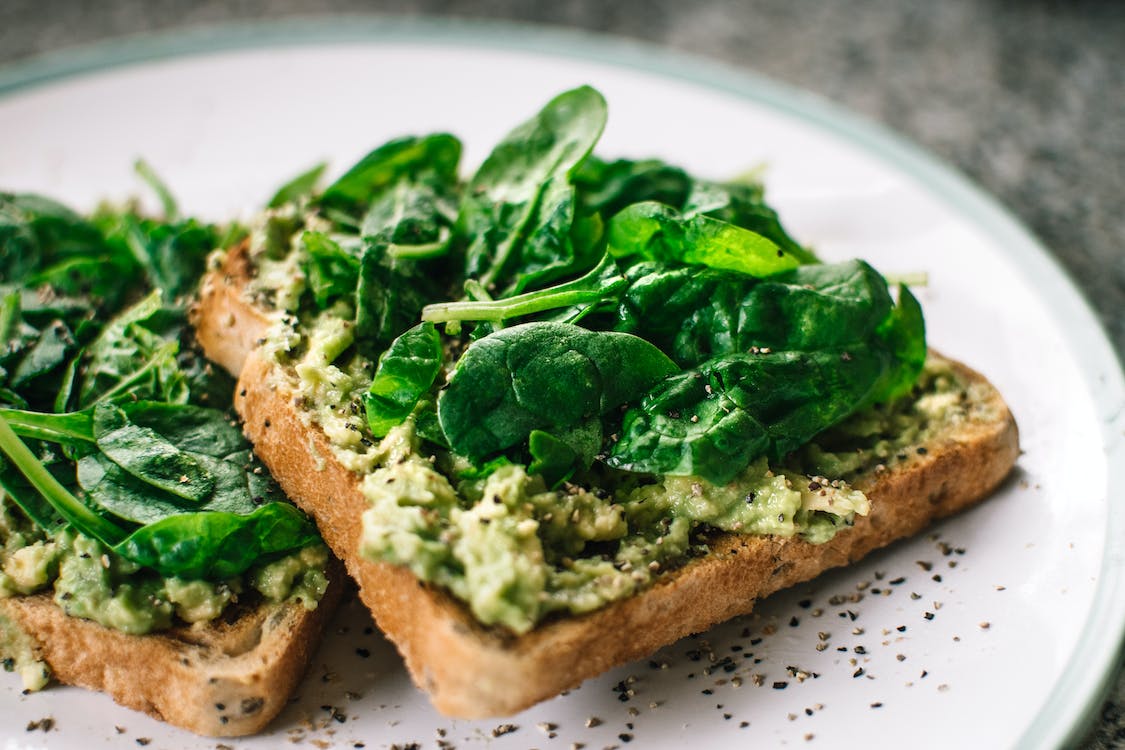Watercress is a vegetable that’s native to Eurasia. This aquatic leafy vegetable grows in the shallow water of streams and is a Brassicaceae (mustard) family member. Ancient Romans used to dress raw watercress with cumin, garum (fermented fish sauce, and pepper, proving that the vegetable is one of the oldest salad greens.
It’s also highly nutritious, and just a cup of watercress contains 24% of the recommended daily value of vitamin C and 21% of the RDV of vitamin E. It also holds a substantial amount of vitamins A, K, and B and minerals like potassium, calcium, manganese, and phosphorus.
What is the Appearance and Taste of Watercress?
Watercress has small and dark rounded lives with tiny four-petaled white flowers. Its flavor is peppery and refreshing. Also, you can eat its stems, though they can be tough when the plant is already mature. Cultivated watercress is available all year-round in grocery stores, while the spicier wild watercress is available only in spring and disappears by the summer.
Four Ways to Eat Watercress
The aquatic leafy greens are in season from April to September, and though they’re usually reduced to a mere garnish on a plate, the vegetables are as delicious and health-giving in their own right. These hot peppery leaves can set an added kick to your salads, and their intense flavor makes delicious sauces, flavored butters, and flavorsome soups. They also go incredibly well with eggs. Famous for being an element in British afternoon tea sandwiches, the watercress is excellent for so much more.
- Try raw watercress blended into a smoothie, pounded into pesto, or in a salad with radishes. You can also use it in a German potato salad.
- Fresh raw watercress is also an excellent garnish for meat. Try it in a crispy duck salad, pepper steak with red wine sauce, or pork shoulder à la Matignon.
- When serving watercress as a salad and roasted meat, try tossing it in the rendered fat to replace some of the typical olive oil.
- Cooking watercress until it’s wilted will mellow its taste, like in the classic French pottage cressonière, a puréed soup of watercress and potatoes or a Chinese watercress-and-garlic stir-fry.
How to Grow Watercress
Growing
Watercress is a semi-aquatic green typically enjoyed for its leaves’ dense nutritional qualities and peppery taste under natural conditions. It can be challenging to germinate and is best began in a site that receives ample sunlight and plenty of moisture. Although the herb usually grows near sources of running water and along stream banks, this isn’t necessary, and with proper planning, you can cultivate it in containers.
The aquatic vegetable is perennial in zones 5 and higher, and you can cultivate them as annual elsewhere. The herb doesn’t tolerate transplanting and should be started in a site or container to begin and complete its complete growth cycle.
Sow the seeds a quarter-inch deep, with three to four inches between them. A steady supply of moisture is ideal for watercress. Planting containers enable you to ensure this with ease. Choose smaller containers that have holes in the bottom and are well-drained. You can place these containers into a larger container containing water, which will provide a constant supply to the smaller ones holding your plants.
Germination should happen within eight to 12 days with some warmth. Don’t let the plants dry out during this period or at any point during their growth.
Maintaining
It’s relatively easy to maintain watercress once established. The primary requirement is water, and it’s essential to replace your water regularly. Stagnant water isn’t healthy, and you should change it every few days.
Harvesting
You can harvest the leaves anytime, but be cautious not to uproot the delicate roots when gathering. Use scissors to cut or snip close to the ground once the stems are around six inches long or longer. Be mindful not to over-harvest the herb; a solid general rule of thumb is never to take more than a third of the leaves in a single harvest. Once watercress grows flowers in the late summer, the leaves will quickly grow unpalatable and bitter.
Saving Seeds
After the plant completes its growth cycle and has gone to flower, its seeds grow in pods, and you can easily detach a mature pod and place it upside down inside a paper bag. After three months, the seeds will be properly dried and will be out of the pod by shaking the bag. It would be best if you stored the seeds in a tightly sealed jar.
How to Substitute Watercress
If you don’t have any watercress, you can substitute it with other leafy greens, such as mustard, arugula, or dandelion, which similar peppery taste. You can also use different types of cress, including milder upland cress or pungent garden cress. Let your recipe control your substitution: use milder, more delicate greens for sandwiches, garnishes, and salads and hardier, spicier greens for cooked preparations.
Do you want more useful tips like this? Maybe you want to know how to take your game to the next level with www.athleticinvesting.com.
